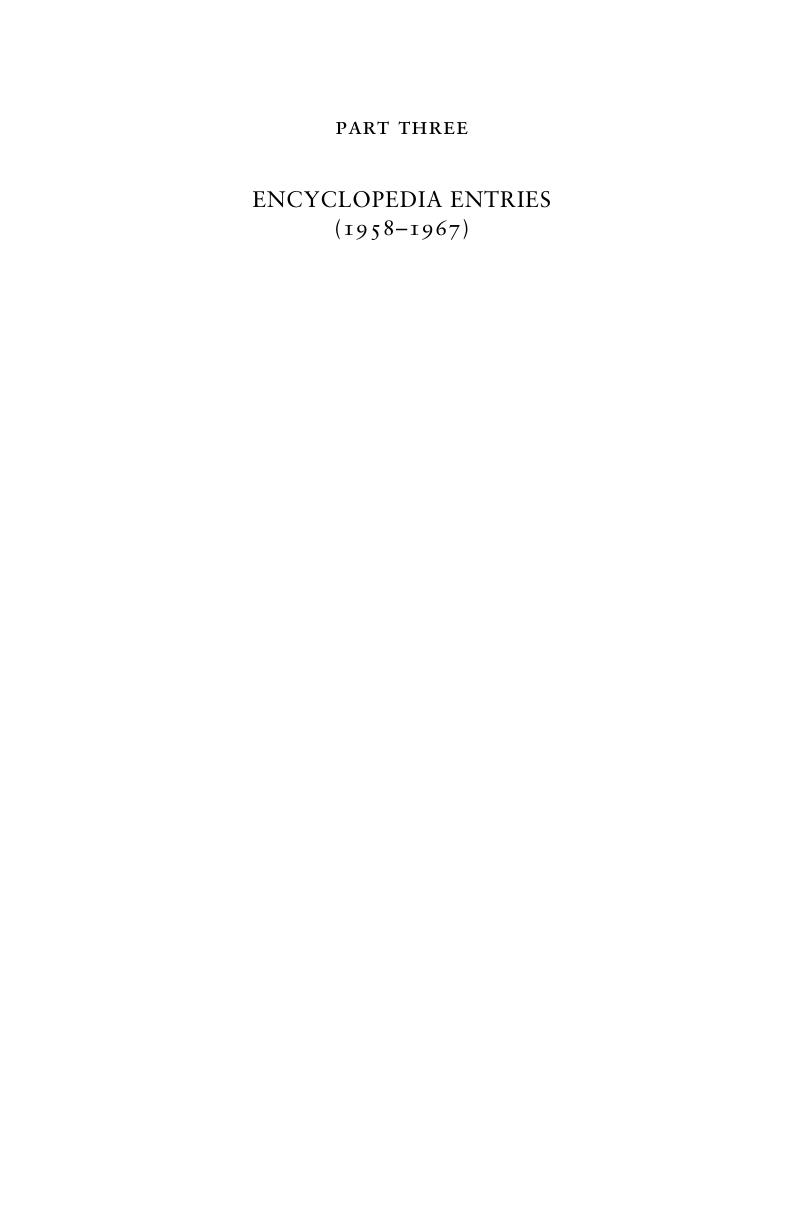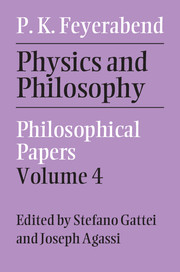Book contents
- Paul K. Feyerabend Physics and PhilosophyPhilosophical Papers Volume 4
- Paul K. Feyerabend Physics and Philosophy
- Copyright page
- Dedication
- Contents
- Book part
- Introduction
- Editorial Note
- Part One Papers and Book Chapters(1948–1970)
- Part Two Reviews and Comments(1957–1967)
- Part Three Encyclopedia Entries(1958–1967)
- Name Index
- Subject Index
- References
Part Three - Encyclopedia Entries(1958–1967)
Published online by Cambridge University Press: 05 October 2015
- Paul K. Feyerabend Physics and PhilosophyPhilosophical Papers Volume 4
- Paul K. Feyerabend Physics and Philosophy
- Copyright page
- Dedication
- Contents
- Book part
- Introduction
- Editorial Note
- Part One Papers and Book Chapters(1948–1970)
- Part Two Reviews and Comments(1957–1967)
- Part Three Encyclopedia Entries(1958–1967)
- Name Index
- Subject Index
- References
Summary

- Type
- Chapter
- Information
- Physics and PhilosophyPhilosophical Papers, pp. 321 - 386Publisher: Cambridge University PressPrint publication year: 2015



